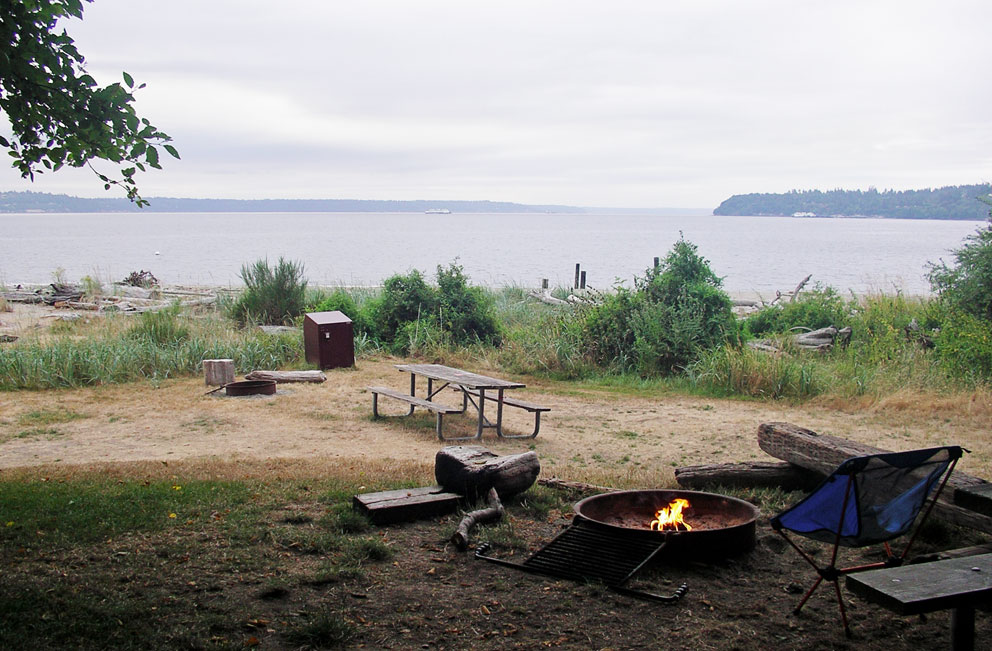I'm still stuck in lockdown here in Seattle. Day 70 and counting. Virtual visits to the Hebrides are all that's possible. So I thought I'd go on one, and return to a place on Skye I've only visited once: Loch na-Airde and the Viking canal. Twenty years have passed since I was there. During those decades much has been discovered about the loch and its canal. The site is now thought to have been a medieval boatyard.
In 1995, six years before my visit, an underwater survey found several boat timbers lying in the silty bottom of the loch, but they were left in place. Further survey work in 2000, when the water level was unusually low, led to the discovery of an oak boat timber. Radiocarbon dated to 1100 AD, it is believed to come from a four-oared clinker built ship, twenty-feet long. A ship that size was too large for just using in the loch, it had been a sea-going vessel.
In 2008, seven years after my visit, a larger piece of timber was found, most likely from a ship thirty-feet in length. Initially thought to be 12th century, it was radiocarbon dated to the 19th or early 20th century. Proof that the canal was in use for over 800 years.
Additional underwater surveys found remnants of a quay where the canal enters the loch. It spanned the entrance, with a gap in the middle. The gap allowed ships to pass, and may also have been part of the water management scheme for the loch. Loch na Airde is shallow, much of it only six-feet deep. Its primary source of water are the small streams flowing off the slopes of Carn Mòr, and from a small loch above the township of Dùnan, where the MacAskill of Rudha Dùnain lived.
The mean elevation of the loch is only a few feet above sea level, so seawater can only get in at extremely high tides—tides in excess of +5 feet—so they had to control the water level to keep boats afloat at all levels of tide. Aside from the quay at the end of the canal, another mechanism to control the level appears to have been an adjustable dam built at its halfway point. A dam that could be temporarily removed to allow ships to pass at high tide. Note that this is speculation on my part; but the structure, whatever it was, can still be seen today. Blocking the central part of the canal, it is so tumbled that it looks like a pile of ruble.
It would of taken a lot of work to manage the water level of the loch, so it may have been done only a few times a year when bringing boats in for repair, launching newly built ones, and when over-wintering ships in the loch.
The time-line for this complex site would start with the establishment of the promontory fort 2500 years ago, a place of refuge for the settlements north of the headland. The fort had a navy of sorts, based in the two stone-lined boat noosts below the fort, where ships could be pulled out of the water.
Fifteen-hundred years later the Norse took over. They constructed the 200-foot long canal to the loch, creating a boatyard and safe-haven on Loch na Airde for over-wintering ships. Another 600 years pass, and the MacAskills establish the township of Dunan; building two dozen homes and cultivating crops in the surrounding terrain. The township was cleared in 1873, and the area has been deserted ever since.
Taken as a whole, Rudha an Dùnain is one of the premiere historic sites in the Hebrides. Fortunately it is difficult to visit, and so is protected from damage caused by thoughtless visitors. In a well deserved, and long overdue recognition, it was scheduled as a historic monument in 2017.
Oh how I wish I new all the above when I walked there in 2001, and so a return to Rudha an Dùnain is demanded; not just a virtual one, not just a day-hike, but to camp for the night.
I’ll come on a sunny, midge free day (I’m dreaming here, might as well be optimistic).
I’ll come on a day of high spring tides.
I’ll pitch the tent next to the fort overlooking the canal.
I’ll watch as the flood tide surges through the canal.
I’ll imagine I was there 800 years ago, watching as galleys venture in and out of the loch.
Maybe, someday . . . Now I just want a vaccine.






















































